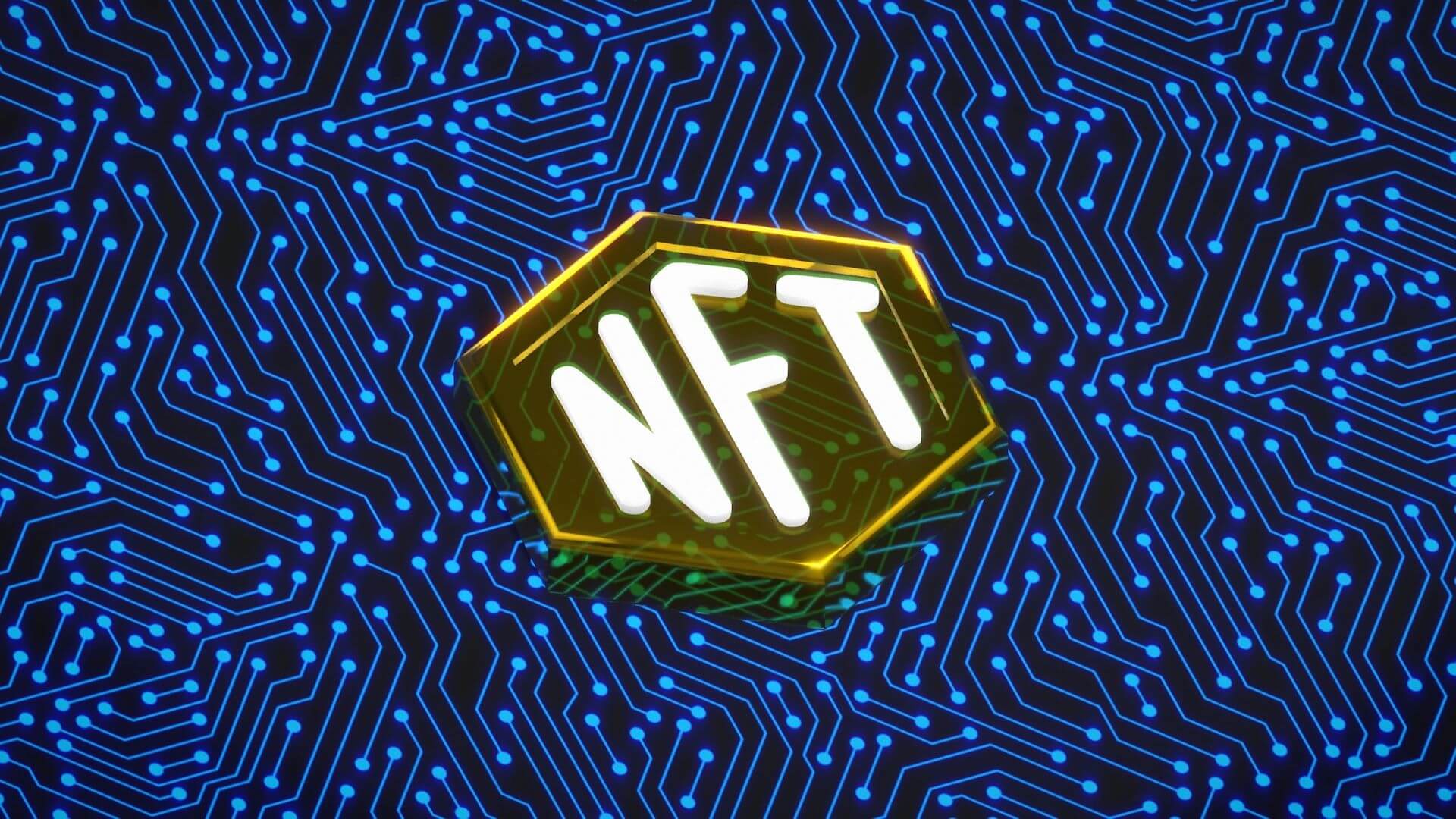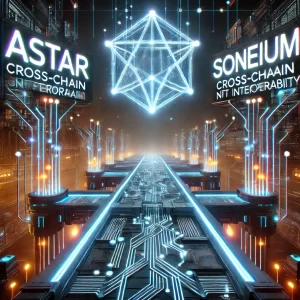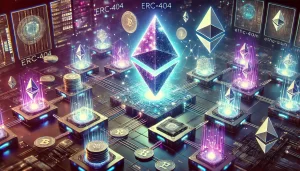
Since its inception, Blockchain technology has promised a decentralized, transparent, and trustless digital future. Yet, with the proliferation of various blockchain networks, each with its distinct characteristics, a new challenge has arisen: interoperability. Introducing non-fungible tokens (NFTs) added another layer of complexity to this. How can these unique digital assets traverse blockchains without losing their intrinsic value? This is where NFT bridges come into play, serving as a vital tool in enhancing interoperability between blockchains.
What is Interoperability in the Blockchain Context?
In its essence, interoperability refers to the ability of different systems, in this case, blockchains, to work together harmoniously. It implies that a user from one blockchain should be able to transact or communicate with another blockchain seamlessly. This becomes crucial as the digital world evolves and more users, developers, and enterprises operate across various blockchain ecosystems.
NFT Bridges: Bridging the Gap
NFT bridges act as intermediaries or conduits that allow NFTs, which are unique digital representations of assets, to be transferred between different blockchains. Instead of being confined to their native blockchain, these digital assets can now interact with multiple blockchain ecosystems while preserving their uniqueness and inherent properties.
How NFT Bridges Enhance Interoperability:
- Asset Portability: One of the most significant advantages is the ability for assets, in this case, NFTs, to be transferred across different blockchain environments. Whether it’s art, collectibles, or in-game items, NFT bridges ensure that these assets aren’t siloed on one blockchain.
- Access to Diverse Markets: By allowing NFTs to be visible and accessible on multiple blockchains, bridges open up broader marketplaces for creators and sellers. This means more opportunities for trade and a larger potential audience.
- Facilitated Cross-chain Collaborations: Developers from different blockchain projects can collaborate more efficiently. An NFT project initiated on Ethereum can be expanded to Binance Smart Chain or Flow, for instance, without starting from scratch.
- Unified Digital Experience for Users: This means a more cohesive digital experience for end-users. They can use their NFTs—like digital wearables or avatars—across different virtual worlds or platforms, irrespective of the underlying blockchain.
- Boosted Liquidity: Interoperability, by its very nature, can enhance liquidity. Assets previously restricted to one blockchain can now be traded across multiple platforms, increasing trading volume and liquidity.
Challenges and The Way Forward
While NFT bridges play a crucial role in enhancing interoperability, they aren’t without challenges:
- Security: Transferring assets across chains can be a potential point of vulnerability. NFT bridges must employ robust security measures to prevent malicious attacks.
- Complexity: The technical complexities of maintaining the unique properties of NFTs across chains can be daunting, especially as more blockchains emerge with distinct characteristics.
- Standardization: Currently, there isn’t a one-size-fits-all approach to NFT bridges. Different solutions exist for various blockchains. A unified standard or protocol can further boost interoperability.
In light of these challenges, the blockchain community is working tirelessly to innovate and refine the mechanics of NFT bridges. We can anticipate the emergence of more secure, efficient, and standardized bridging solutions.
Conclusion
The decentralized future of the digital realm promises a world where assets, platforms, and ecosystems are interconnected, breaking away from silos. NFT bridges are a testament to this vision, acting as the lifelines that connect diverse blockchain islands. As the world of NFTs continues to expand and reshape the digital landscape, the role of these bridges in ensuring a harmonious, integrated, and seamless experience becomes ever more paramount. Through them, the dream of a truly interoperable digital world inches closer to reality.









